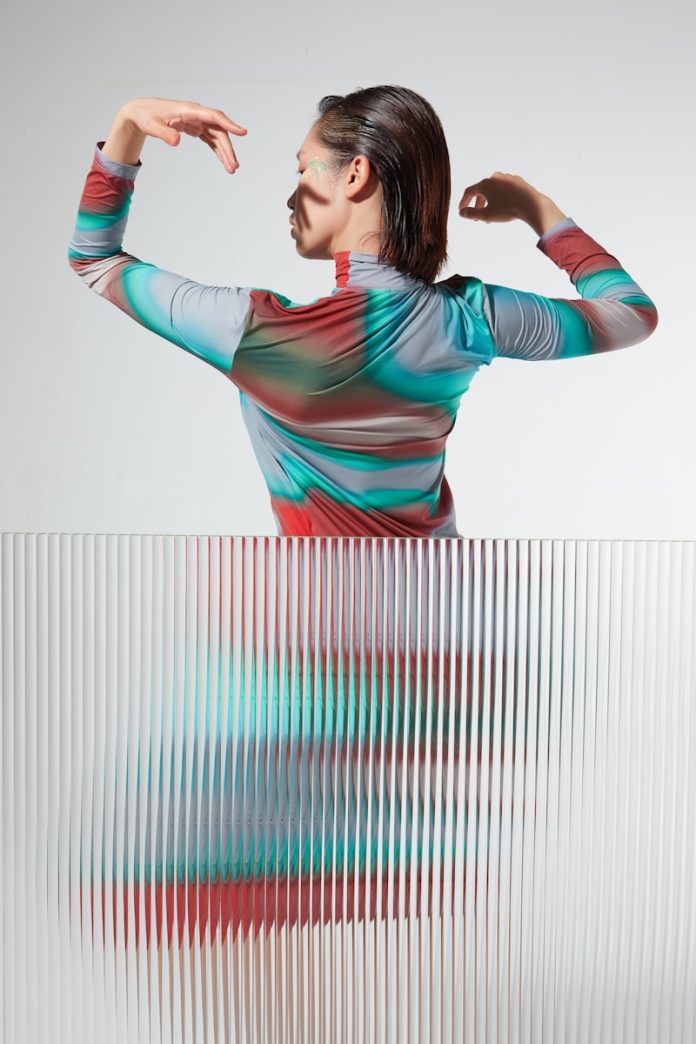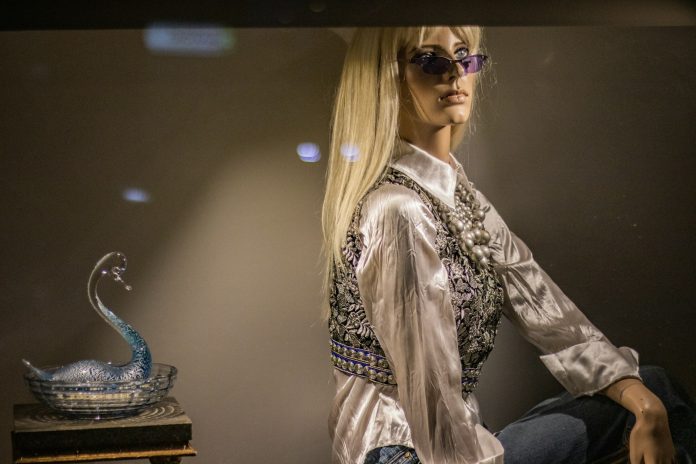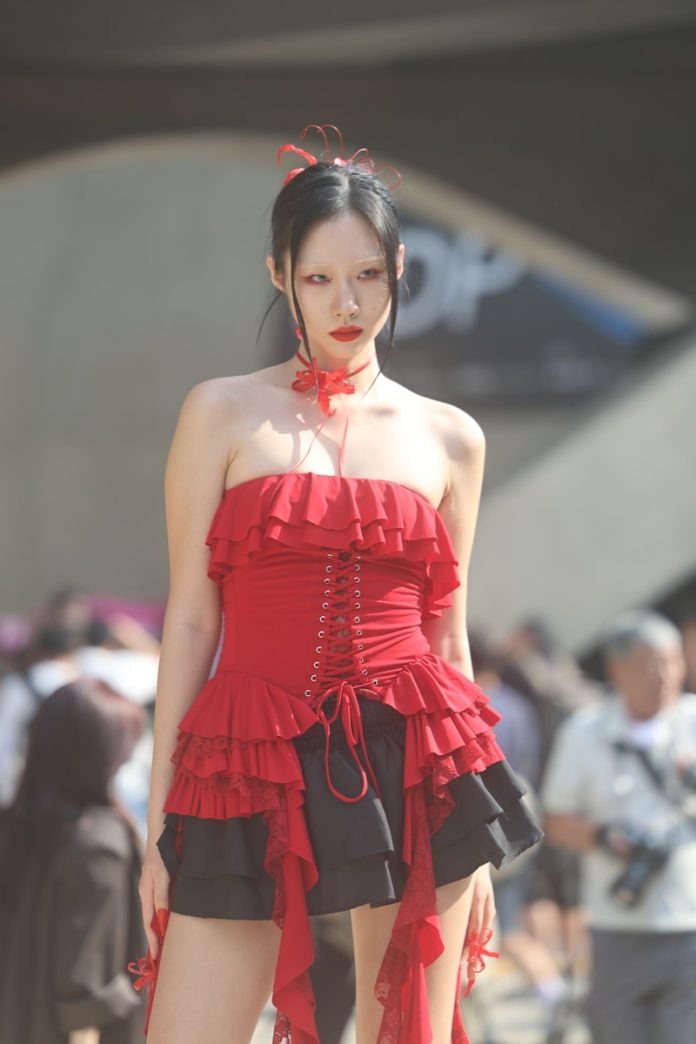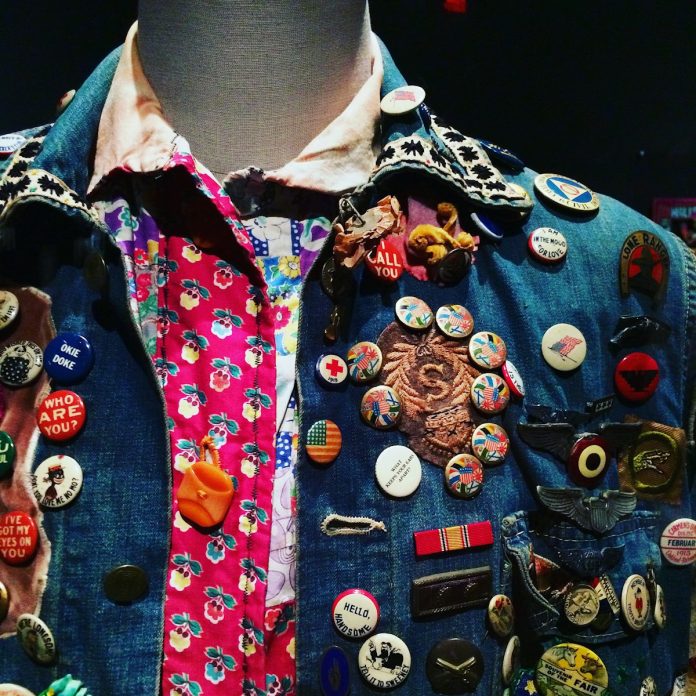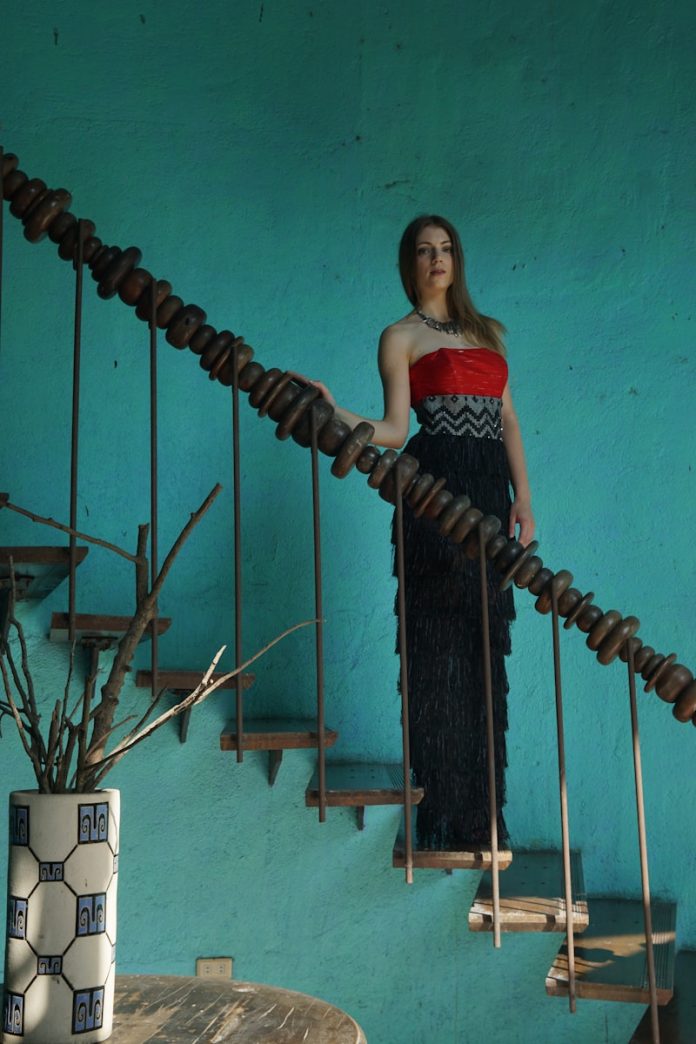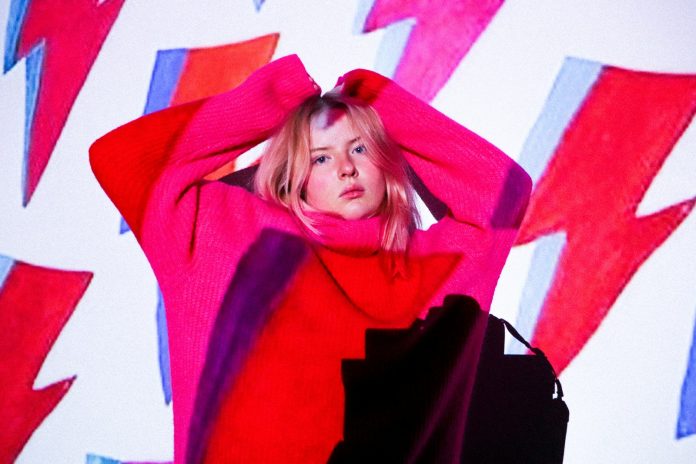Introduction: The Return of the Dazzling Dream
Fashion is often seen as cyclical, a looping film reel of trends that come, go, and return—often with a twist. In 2025, sequins are shimmering their way back into the collective consciousness, transcending their disco-era associations and reemerging as emblems of confidence, liberation, and unapologetic self-expression. No longer confined to club dance floors or holiday parties, sequins have staged a glimmering return, echoing both nostalgia and rebellion. But what makes this revival more than just a flashy trend? Why are sequins suddenly central to everyday wardrobes and not just haute couture?
Let’s step beyond the glimmer to explore how the resurgence of sequins is more than surface-level shimmer—it’s a cultural reflection, a fashion rebellion, and a psychological liberation.
The Roots of Radiance: Sequins and the Disco Legacy
To understand the power of their comeback, we must first revisit where sequins left their deepest impression: the 1970s disco era. Think Studio 54, Donna Summer, and the glitzy liberation of nightlife. Sequins weren’t merely decorative—they were symbols of visibility, celebration, and defiance. In a decade marred by political unrest and social upheaval, disco offered an escape. Sequins shimmered under strobe lights like armor for joy, an electrified defiance of a turbulent reality.
Fast forward to today, and the world is again at a crossroads—pandemic aftershocks, socio-political tensions, and a growing emphasis on mental health and identity expression. In many ways, the return of sequins isn’t a coincidence. It is, perhaps, fashion’s way of saying: “We’ve been through enough. Let’s celebrate again.”
Sequins in the Age of Subtlety: A Paradox
Unlike the overt maximalism of the ’70s, today’s sequin trend leans into something more layered—more intentional. Sequins now appear in places you wouldn’t expect: oversized blazers, day dresses, sneakers, and even streetwear hoodies. Instead of shouting for attention, they whisper rebellion. A single sequined patch on denim can hold as much meaning as a full glittering gown.
This nuanced return mirrors how we communicate in a digital age. Our statements are curated, filtered, and often masked by irony or minimalism. Sequins today reflect that careful balancing act: be bold, but with meaning. The new sequin isn’t just about visibility—it’s about personal narrative.
Fashion Psychology: Dressing for Joy and Resilience
There’s something deeply psychological about this trend as well. In the wake of global challenges, including isolation and uncertainty, people have developed a heightened relationship with how clothing affects their emotions. Dopamine dressing—the concept of wearing bright, mood-boosting colors or textures—is no longer fringe; it’s fundamental. Sequins, with their sparkle and movement, offer immediate visual stimulation and evoke celebration, even when there’s nothing specific to celebrate.
Wearing sequins to the grocery store or to a casual brunch may seem eccentric, but in reality, it’s a small rebellion—a reclaiming of joy in a world that often asks us to tone it down, to blend in, to wear beige. Sequins refuse to be ignored, and for many, that’s exactly the point.
Inclusive Glamour: Who Gets to Sparkle Now?
One of the most exciting aspects of the sequin resurgence is its democratization. In the past, sequins were largely reserved for the runway, celebrities, or special events. Now, brands from all levels—high fashion to fast fashion—are incorporating sequins into everyday apparel. Even more importantly, the wearers of these sparkling pieces are diverse in every sense: gender, age, body type, and cultural background.
The gender-fluid fashion movement, in particular, has played a critical role in this shift. Men, non-binary individuals, and people of all identities are embracing sequins not as costume, but as valid wardrobe staples. Harry Styles in a glittering jumpsuit or Billy Porter in a sequined tuxedo gown are not anomalies—they are the new icons of what it means to dress with freedom.
Sequins are no longer about fitting into a mold. They’re about breaking them apart.
Sustainability and the Sparkle Debate
No modern trend can be discussed without examining its environmental impact. Traditional sequins are made from PVC or other plastics, raising concerns about sustainability and microplastic pollution. However, the industry is not turning a blind eye. Emerging innovations in biodegradable sequins made from cellulose, recycled materials, or plant-based plastics are allowing consumers to sparkle with a clearer conscience.
Slow fashion advocates are also encouraging the upcycling of vintage sequin garments—a way to honor the trend without contributing to overproduction. Thrift stores, resale apps, and secondhand shops are bursting with retro sequined finds, now seen through a fresh lens.
The future of sequins might be even more dazzling if it’s guilt-free.
Cultural Currency: Sequins in Media and Influence
Pop culture continues to drive the popularity of sequins. Shows like Euphoria and RuPaul’s Drag Race have reframed glitter and glamour not as excessive, but as expressive. Instagram, TikTok, and Pinterest are full of everyday people sharing their sequined looks not for approval, but for the sheer joy of it.
Even music reflects the shift. Disco-inspired beats and glam-pop aesthetics have crept back into the mainstream, with artists embracing sequins both in their wardrobes and their stage personas. From Beyoncé’s Renaissance tour costumes to Dua Lipa’s glitter-heavy visuals, the message is clear: You can’t mute sparkle anymore.
Beyond Fashion: A Movement of Visibility
Sequins, in their essence, are about catching the light. But in a metaphorical sense, they’re about being seen. And in a world where so many fight for visibility—queer communities, people of color, aging populations—fashion becomes a powerful platform.
Wearing sequins in 2025 is no longer just an aesthetic decision. It’s a statement: “I exist. I matter. I will not dim my shine for your comfort.” This unapologetic ethos resonates deeply with younger generations raised on inclusivity and digital identity. Sequins, glitter, and glow are tools of expression in a world where attention is currency, but authenticity is the true prize.

